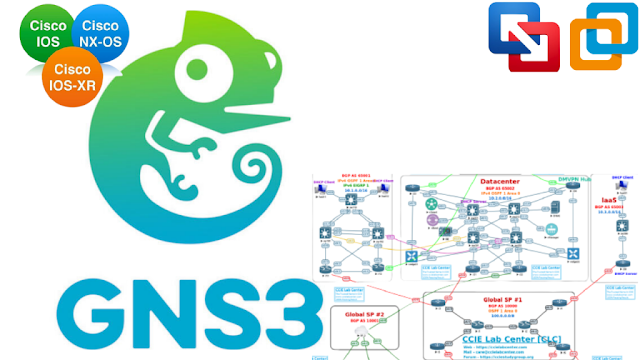Why EVE NG csr1000v is Useful
The Cisco Nexus switches provide
a feature called Virtual Port-Channel that enables the configuration of a Port Channel
over many switches, commonly known as multi chassis Ether Channel. The eve
ng csr1000v is comparable to the Catalyst 6500s' Virtual Switch
System. It is comparable to VPC or VSS in that it uses link aggregation, or
LAG, to connect many physical lines into a single logical link. A downstream
switch or host can connect to two switches that are set up as a domain using eve
ng arista, also known as multi-chassis link aggregation. Due to
the domain's appearance as a single switch, this offers redundancy by providing
the downstream switch or host with two uplink pathways and full bandwidth
usage. There are no blocked ports since STP sees the domain as a single switch.
Both switches are functioning as
spanning-tree root bridges. The bridge address originates from the system-id.
How to use it
A deterministic primary switch is
a must.
Set both switches' STP commands
to be identical.
For the best redundancy, there
should be at least two links used in a port channel for communication between
the switches.
If your server is single-homed,
traffic may need to cross the port channel to go to the other switch, which
would add an latency.
STP must be disabled in order to
stop the peer link from entering the discarding state.
It is advised to utilize VLAN,
though any VLAN may be used. In order to maintain consistency, use the same
VLAN across all domains.
To ensure that this VLAN isn't
being utilized by any other ports and to prevent any potential loop
circumstances from developing, add the peering VLAN to a trunk group.
To keep this interface up, always
try to set the SVI to "no autostate."




Comments
Post a Comment